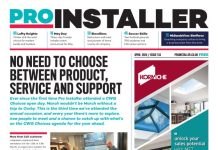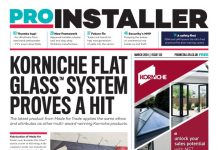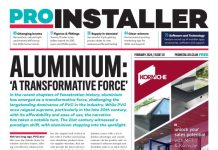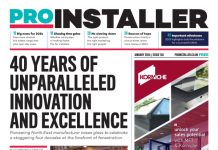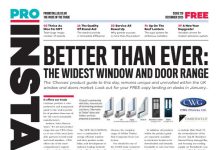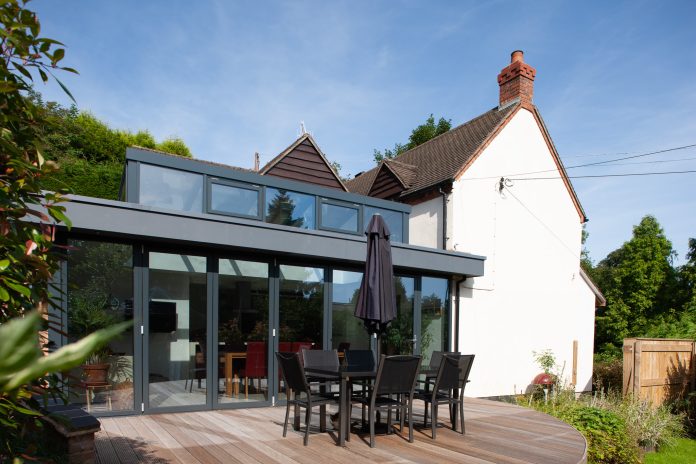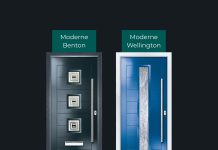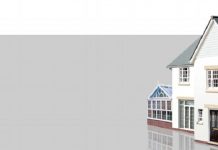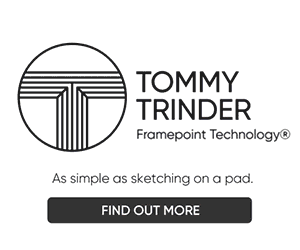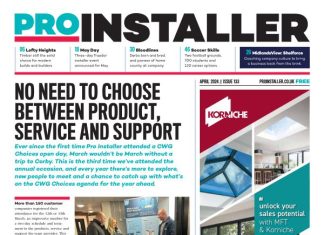By Phil Slinger – CAB CEO
Fifteen years ago you could open any fenestration magazine and you would be introduced to windows, doors and conservatories all in PVC, aluminium product promotion in home improvement was few and far between. House builders at that time had adopted PVC as the fenestration product of choice which encouraged new home sales and, whilst aluminium fenestration was firmly rooted in the commercial field, high end properties in up-market desirable residential areas continued to use aluminium.
Once a premium product over the choice of aluminium or timber, PVC systems have continued to improve and to evolve with high speed production techniques which offered an ongoing competitive edge between suppliers. Today the product is excellent for home improvement, but, some say there is little more development that can be achieved with the material.
So what changed? Why do homeowners now aspire to fit aluminium if it can be afforded over alternative materials?
First, it needs to be said, that aluminium fenestration in the residential sector still only has a small share of the market, 15% to 20% at the most, but it sits as a ‘premium’ branded material for homeowners who wish to invest in something a little more upmarket. So why the continued uptake in aluminium? Like any product that gains market saturation, buyers will always look at alternatives and aluminium sits in the wings with unquestionable commercial acumen. Also, now debunked, is aluminium’s poor thermal performance, as profiles with high performance thermal breaks can easily meet that of their PVC counterparts.
On the upside is aluminium’s ability to be virtually 100% recyclable without loss of material characteristics, something that has been done since its commercialisation in 1880. Furthermore, 75% of all aluminium produced over the last 140 years is still in active use today, being recycled more than once in many cases. Then there is the life expectancy of finishes such as anodising and high performance powder coatings which offer unparalleled life expectancy when it comes to weathering. This sustainability of aluminium and its finishes has further found favour with specifiers in other external architectural aluminium products such as facias, spandrel panels, rain screen cladding systems, rainwater goods and parapet capping, such is the products life expectancy in use.
But, it is not about which material is better; steel, timber, PVC and aluminium all make excellent fenestration products given their material limitations. Today it is good to see that major PVC companies also have profitable ranges of aluminium systems that sit alongside their PVC counterparts, so the choice is with the specifier, often the homeowner, as to what they wish to have in their home.
A recent online survey concluded that the majority of companies in the home improvement sector believe that aluminium has the most upside potential over the next few years. Whilst window profile designs can be complex, but easy to produce, new systems are continually being launched into the market, there are also further markets for aluminium that show signs of growth.
A visible growth sector is the popularity and supply of aluminium panel residential front doors. Not only are these door systems of high thermal performance, but they are also engineered for security and can easily be made to bespoke sizes and designs.
Not only residential doors are seeing growth, the use of secure, automatic sliding gates in powder coated aluminium are making their way into high end homes across the UK to provide security, especially where space is limited.
Garage doors are also seeing a renaissance from traditional pressed steel to aluminium roller shutter doors in a wide range of colours. Roller shutter doors offer distinct advantages over the typical ‘up-and-over’ door with clear openings and compact storage, as well as ease of automation.
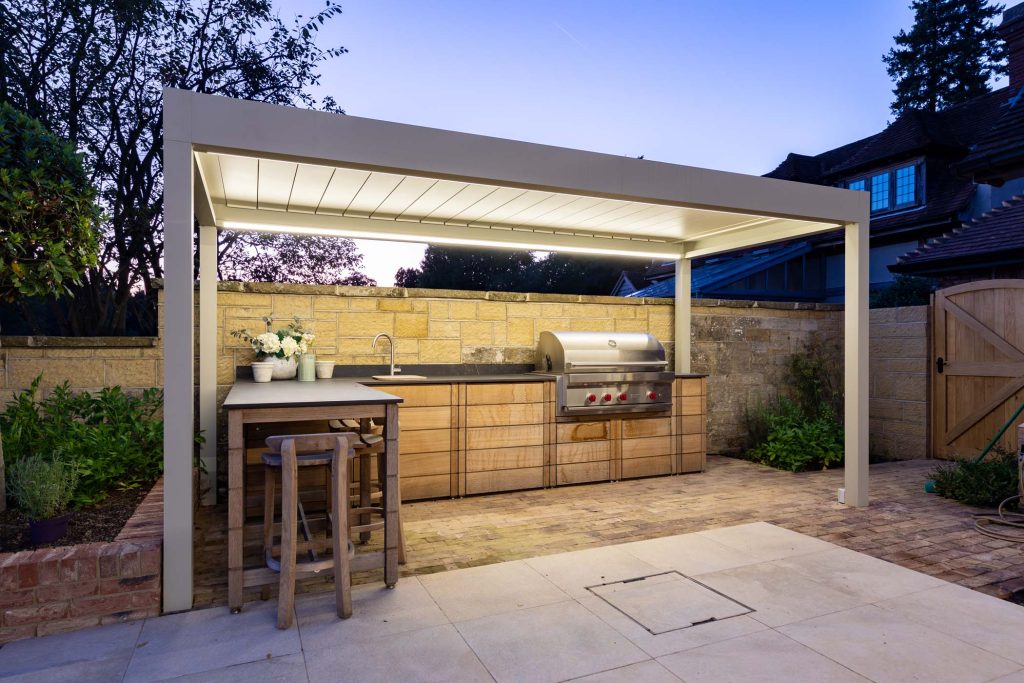
Glazed balcony systems are taking advantage of aluminium structural profiles to offer pockets for the installation of strong laminated glass, often with little or no framing system. Used around pools, decking and balconies these systems offer uninterrupted views of gardens or sea views.
We then have internal room screens, again aluminium’s dominant in the office partition market has taken a step into the home improvement market offering slim sightlines for screens and doors. These partitions can be opened up for home entertaining whilst useful to create spaces for quiet contemplation or working from home families.
As our climate in the UK becomes sunnier, warmer and dryer, outdoor living is now seeing growth with specialist companies offering outdoor kitchens, free-standing pergolas and glazed structures. Aluminium systems companies are now offering various systems to meet this market and as we begin to take more ‘staycations,’ homeowners will want to make better use of their garden spaces. At this time, the low maintenance and structural capability of powder coated aluminium is the perfect choice for these freestanding structures.
CAB members are taking advantage of these developing market areas, so there has never been a better time to develop your aluminium system offering for the home improvement market. As a home improvement company, why not join the Association and network with systems houses and the aluminium systems supply chain whilst at the same time being recognised as a professional company using the CAB logo.
Should you wish to learn more about the use of aluminium, please contact CAB directly, or why not consider joining the Association and be recognised as being involved in supporting your Industry and helping to shape its future. More information on our website at c-a-b.org.uk


